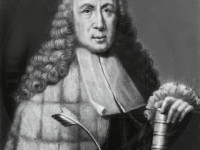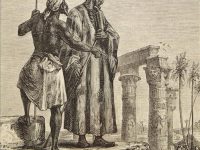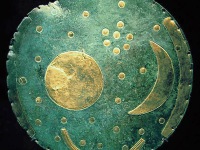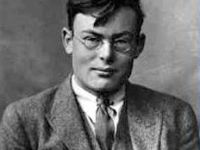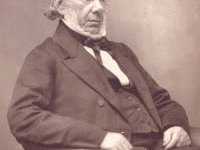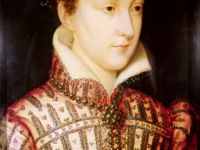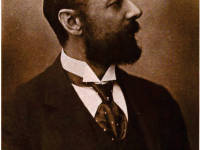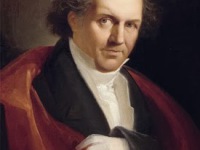Giovanni Battista Morgagni and the Science of Anatomy
On February 25, 1682, Italian anatomist Giovanni Battista Morgagni was born. His works helped to make anatomy an exact science. Thus, he often is celebrated as the father of modern anatomical pathology. Background Giovanni Battista Morgagni Giovanni Battista Morgagni was born at Forli, in the Romagna and received a decent scientific education from early years. Already at the age of 14, Morgagni managed to read verses of his compositions and take part in…
Read more

